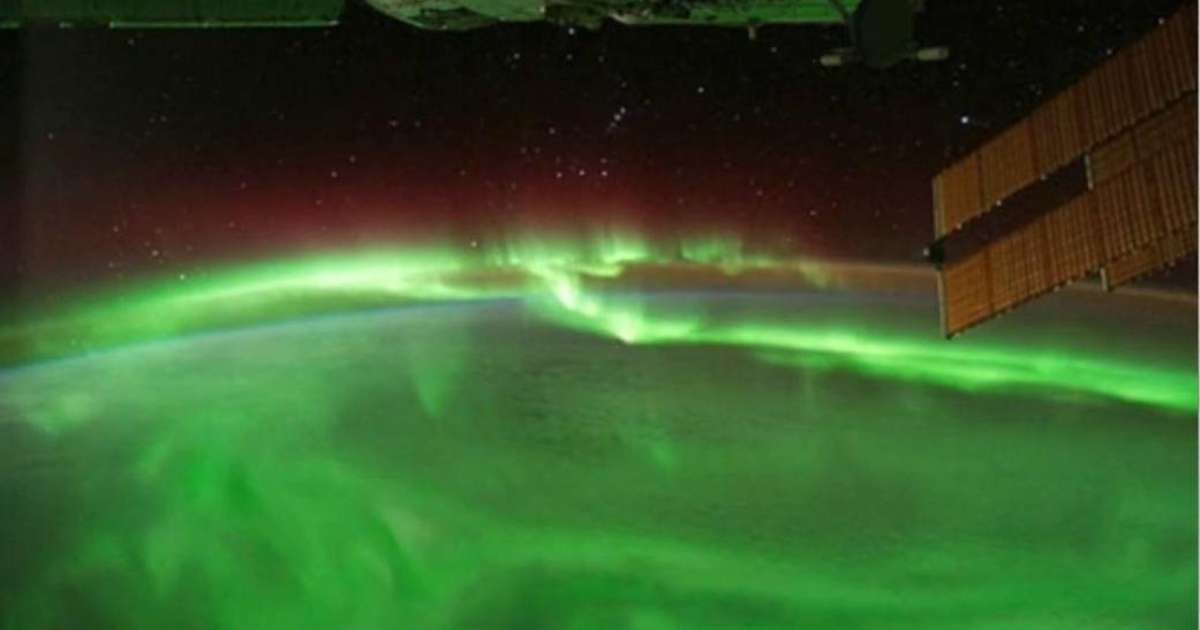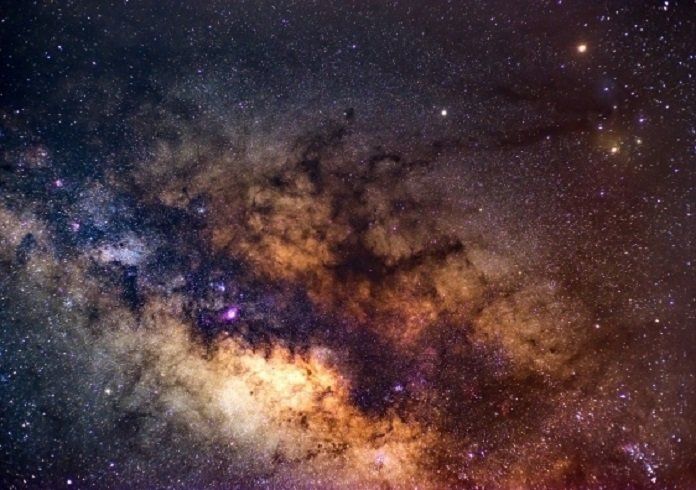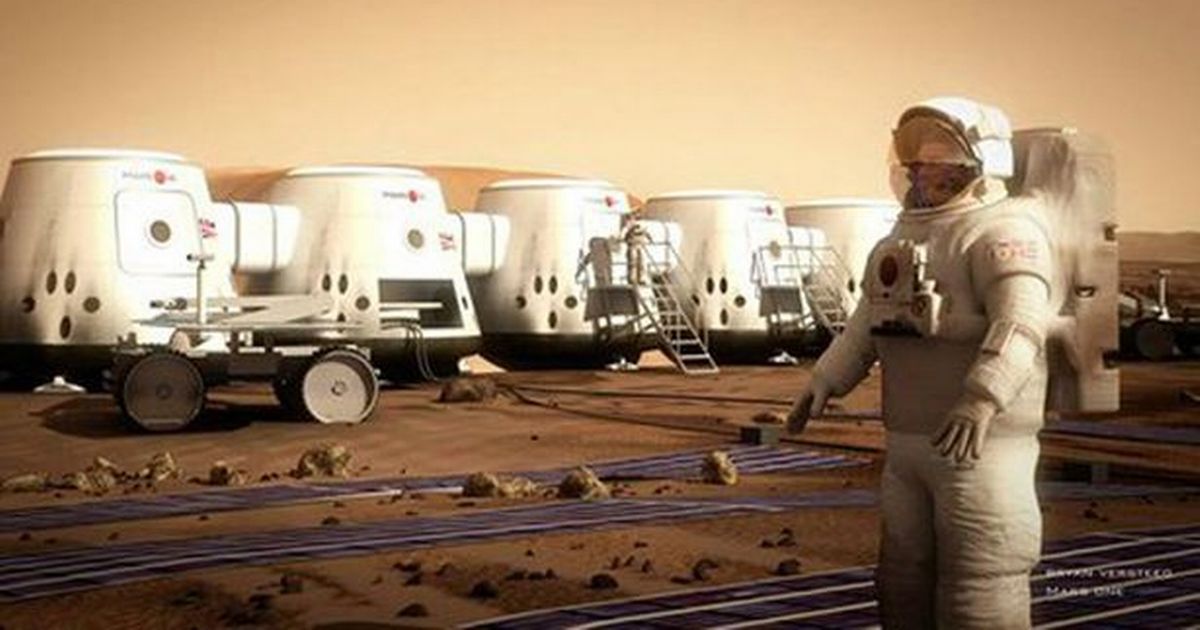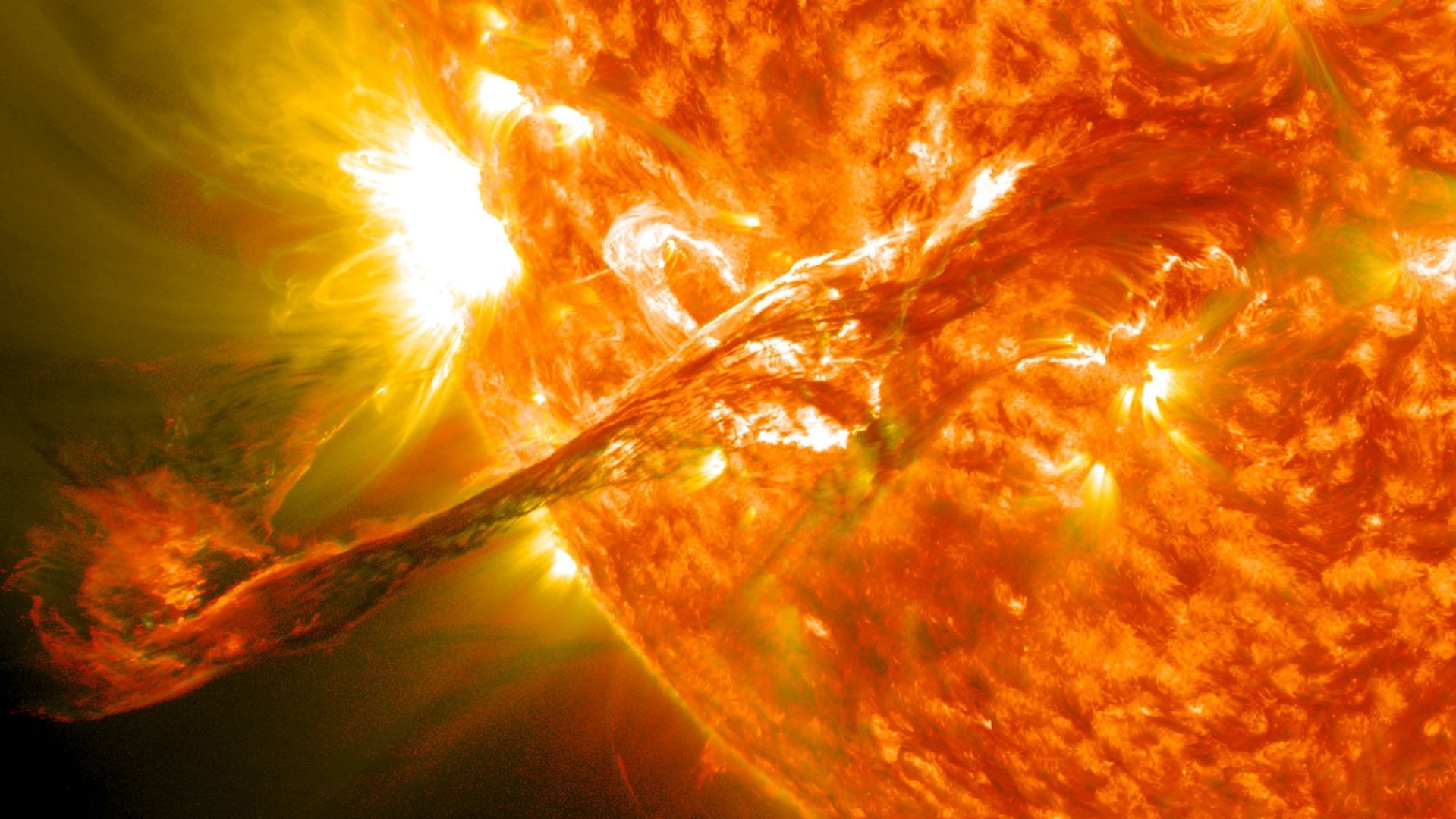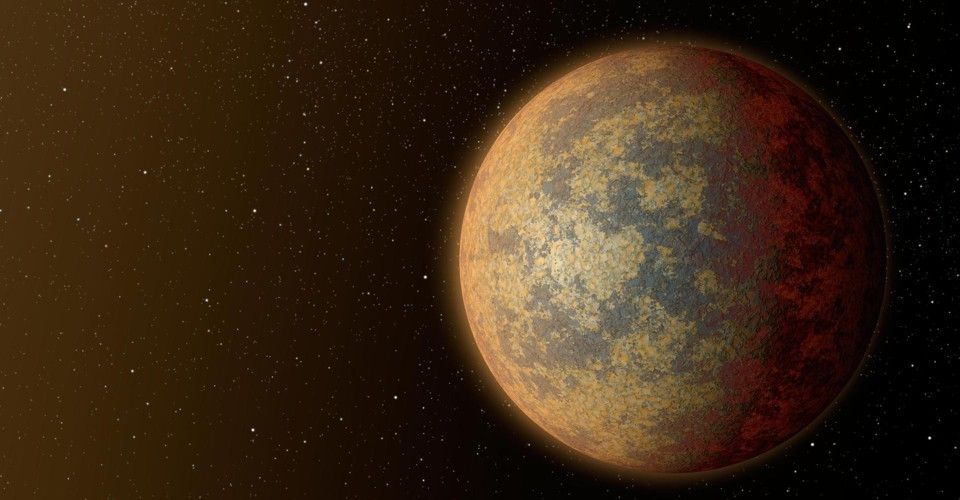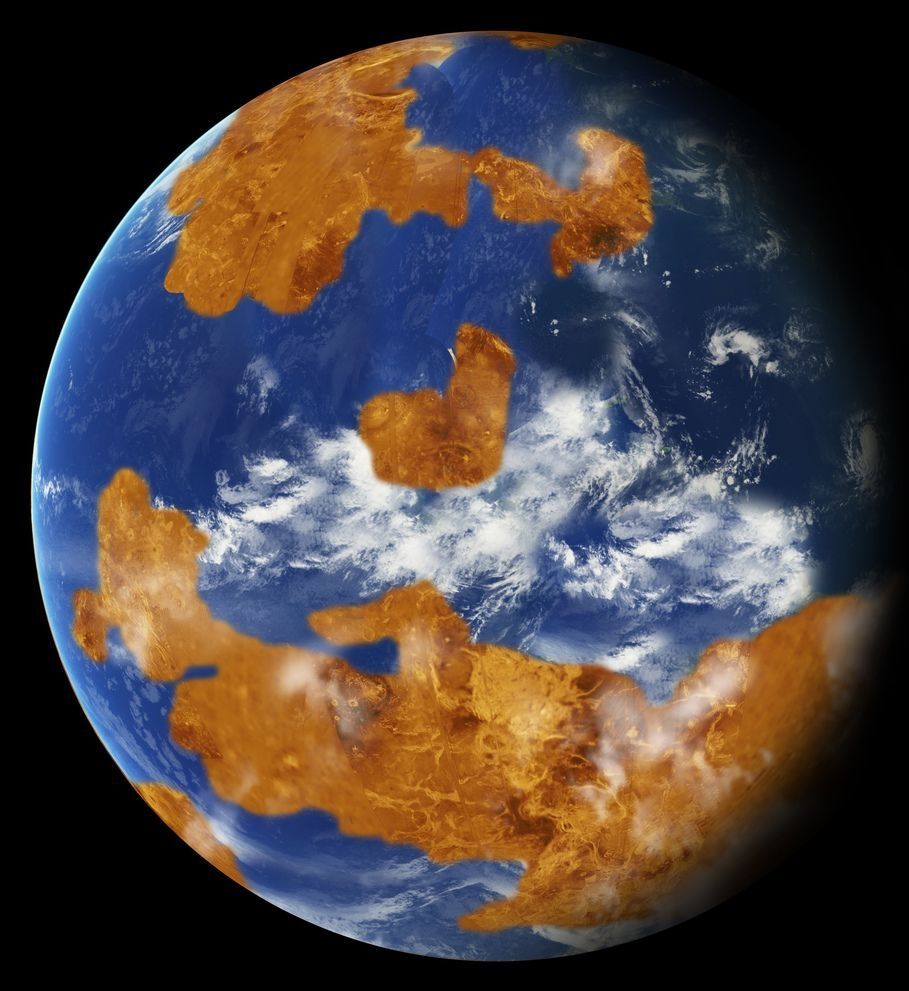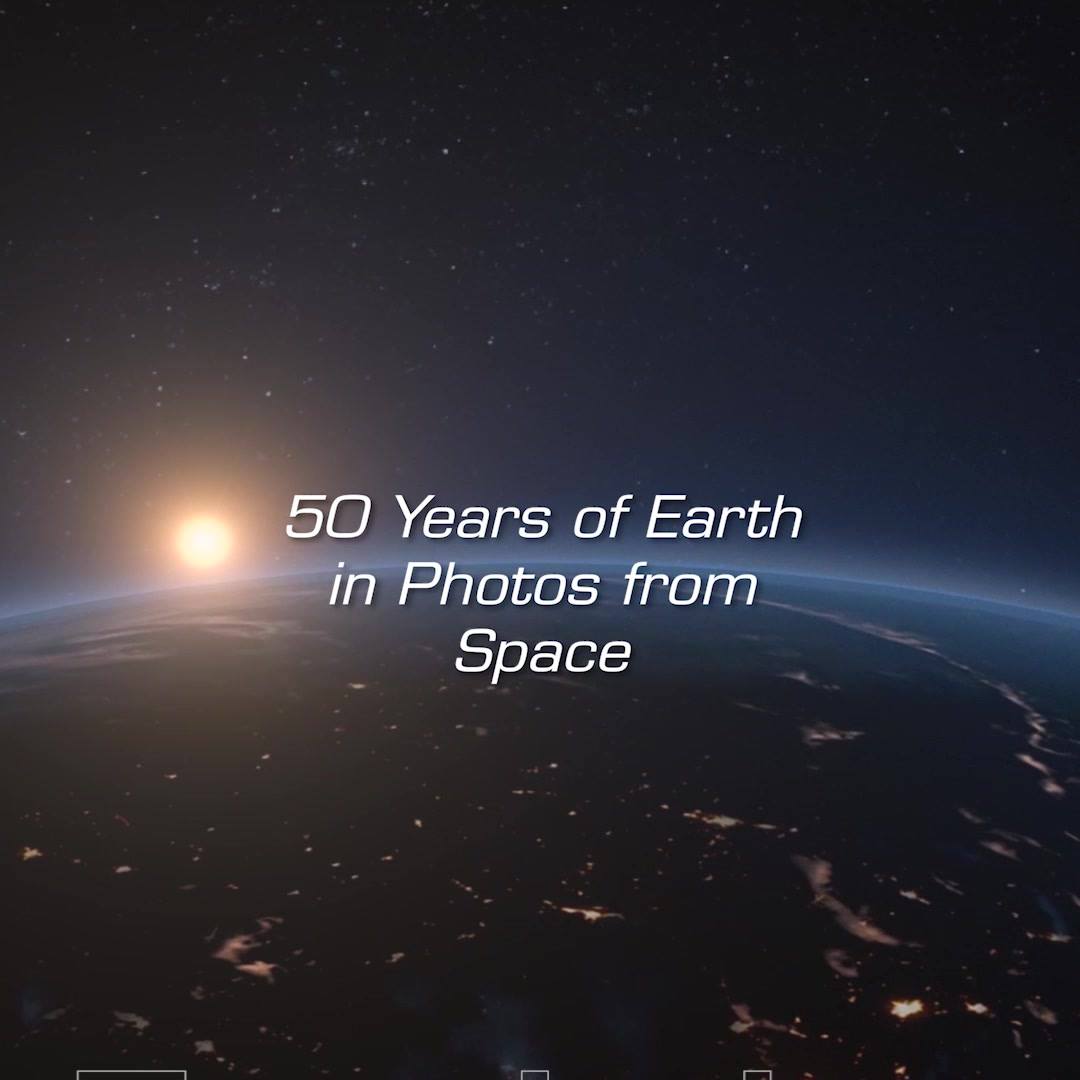Apr 20, 2018
How to become a space tourist: 8 companies (almost) ready to launch
Posted by Genevieve Klien in category: space
And, in addition to these heavy hitters, there are quite a few other companies offering tourists a chance to reach space, too. Some are farther along in development than others, and there are always reasons to be skeptical when talking about space tourism. We’ve seen plenty of similar ventures come and go over the years without making it to space. But we choose to remain optimistic. Here are the most recent commercial space programs that would love to take you out of this world—for a price.

An illustration of what the interior of Orion Span’s Aurora Station might look like.
